Why kalapathhar could be a better alternative to EBC
The main advantage of viewing Everest from Kalapathhar is its elevation. With an altitude of 5,550 meters, it is much higher than the Everest Base Cam...

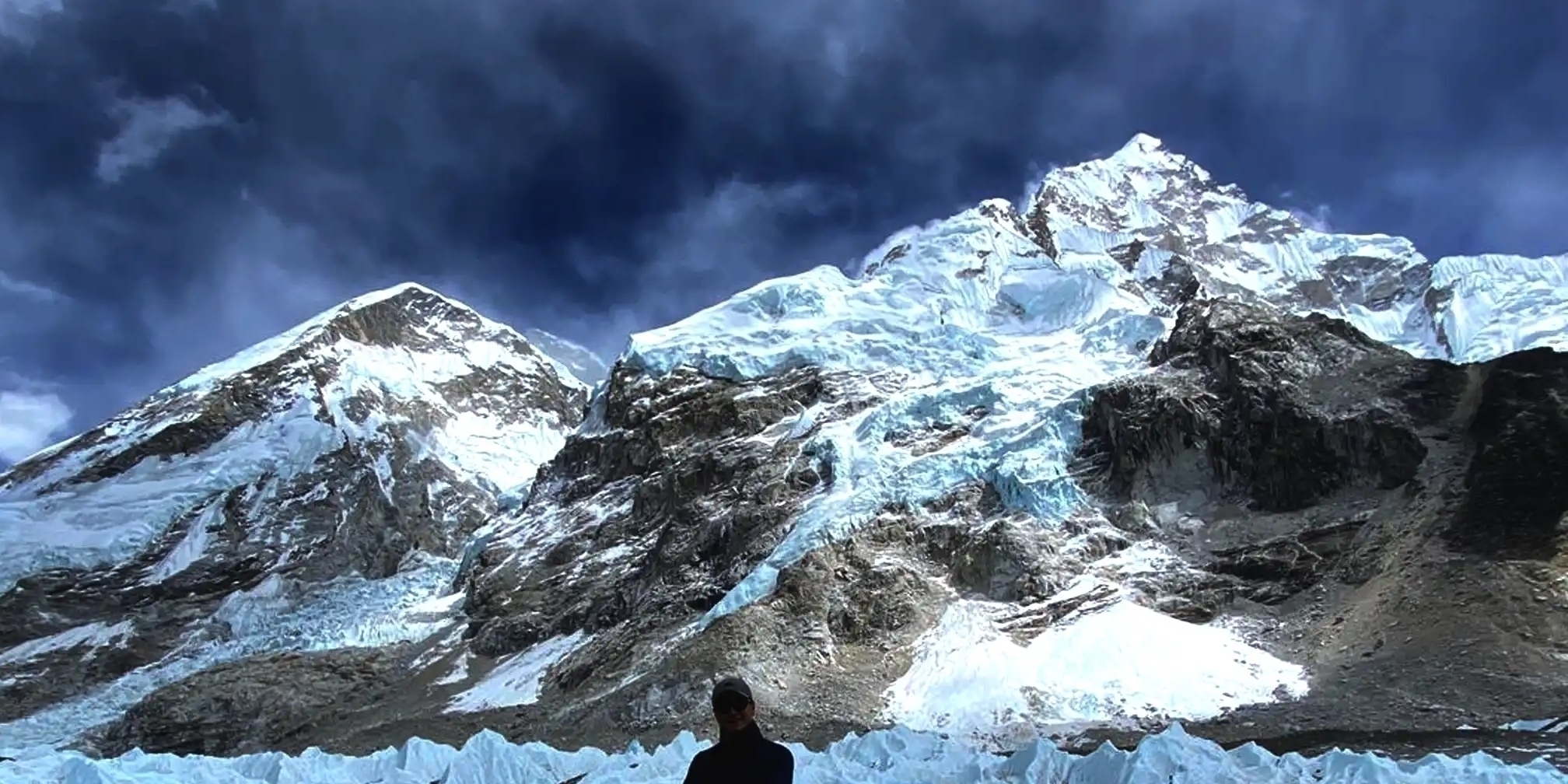
Planning for Everest Base Camp Trek requires careful consideration of several factors to ensure a safe and enjoyable experience. Here are informative step-by-step guides help you to plan your trek in Nepal. Determine the best time to trek to Everest Base Camp based on weather conditions, personal performances, and trail accessibility. The primary trekking seasons are the pre-monsoon March to June and post-monsoon September to November periods. This time offers clear skies and favorable trekking conditions.
Planning for Everest Base Camp Trek requires careful consideration of several factors to ensure a safe and enjoyable experience. Here are informative step-by-step guides help you to plan your trek in Nepal.
Determine the best time to trek to Everest Base Camp based on weather conditions, personal performances, and trail accessibility. The primary trekking seasons are the pre-monsoon March to June and post-monsoon September to November periods. This time offers clear skies and favorable trekking conditions.
While you plan to trek in Nepal, you have to decide whether you want to trek independently or with a guide porter. Hiring a local guide and porter can enhance your safety and provide a cultural insight, and manageable trekking for beginners.
While you are planning to explore the Adventure activities of Nepal, you have to start a training regimen to improve your Cardiovascular endurance and strength, focusing on hiking, walking, and aerobic exercises. Similarly gather essential trekking gear and equipment, including trekking boots, layers of clothing Sleeping bag, rucksack, and personal necessary items.
Determine how many days would you like to allocate for the Trekking to Everest Base Camp. The trekking period is based on your availability, fitness level, and preferred pace to complete the trek. The Standard duration for the Everest Base Camp Trek is around 12-15 days including the acclimatization days in the trekking.
Create a complete Itinerary outlining your trekking route, Overnight stops, and Daily distance. The trek considers incorporating an acclimatization day to prevent altitude sickness and change your pace consequently.
Book your international flights to Kathmandu and domestic flights from Kathmandu to Lukla, which is the starting point of the trek. Additionally, consider booking accommodation in Kathmandu and Lukla in advance, especially during the peak season of trekking in Nepal. These necessary papers work except International Ticket, your trekking agency will arrange everything for you. A guide will handle for mountain without rushing for everything, you can follow the Nepal local agency to book your trip.
Finally, embrace the adventure. Immerse yourself in the stunning landscapes, connect with fellow trekkers and locals, and save every moment of the Everest Base Camp Trek experience. By following these steps and thoroughly planning your Everest Base Camp Trek and Gokyo Valley as well. you can maximize safety, comfort, and enjoyment while embarking on this memorable Trip in the Nepal Himalayas.
The safety of the Everest Base Camp trek depends on various factors including Preparation, acclimatization, weather conditions, and safety of guidelines. The trek is generally considered safe for those who are adequately prepared and follow recommended protocols. There are inherent risks associated with high-altitude trekking in remote mountain regions. We would like to inform you of some major keys for ensuring safety during the Everest Base Camp trek.
Altitude Sickness:
Altitude Sickness is a significant concern when trekking to high altitudes like Everest Base Camp. Symptoms may include headache, nausea, dizziness, and fatigue. Trekkers should be aware of the signs of altitude sickness and descend immediately if their condition worsens.
Emergency Prepare:
Carrying a First Aid kit, and emergency communication will be helpful, but while you are with a trekking company guide it will be not necessary for the guide to handle this situation. Some basic medication will be taken by the Guide.
Physical Fitness:
Ensure you are a good physical condition before attempting the Everest base camp trek. Engage in regular exercise and cardiovascular training to improve endurance and stamina.
Environmental Considerations:
practice leave-no-trace principles to minimize your impact on the environment, and respect local customs and traditions. Follow designated trekking routes to avoid getting lost or encountering hazardous terrain.
Acclimatization:
While you are planning to trek Everest Base camp need to think about proper acclimatization. Need to rest, stay hydrated, and try to walk very slow pace.
Packing for the Everest Base Camp Trek requires careful consideration of essential items to ensure comfort safety and preparedness for the varying conditions encountered along the trek. Here I would like to suggest a comprehensive packing list for the Everest Base Camp Trek listed below.
All the personal necessary gears are ensured to pack in the bag and stay comfortable and safe during the Trek. It is to consider the season and weather conditions when selecting clothing and gear that should be prepared for changes in temperature and weather.
Additionally, remember to leave unnecessary items behind to reduce the weight of your pack make trekking more manageable, and will be more helpful for porters.
The Best time to do the Everest base Camp trek is during the pre-monsoon spring or autumn season. This time offers the most favorable weather and trekking conditions. The primary Trekking seasons are as follows.
Spring (March to May)
Spring is considered to be one of the best times to trek to Everest base camp, Peak climbing, and expeditions in Nepal. During this season, the weather is generally stable with clear skies, Mild temperatures, and flowers blooming like Rhododendrons and adding color to the landscape.
Autumn (September to November):
Autumn season is the most popular time for trekking in Nepal. Mostly This season is too busy for the Everest Base Camp trek. The weather is typically clear, and dry with crisp air and excellent visibility of the surrounding mountains. The autumn month offers Stunning views of snow-capped peaks and colorful landscapes making an ideal time for photography of high mountains, terraces, and rivers.
Both seasons provide the best trekking conditions allowing trekkers to enjoy the spectacular scenery and cultural experiences along the Everest Base Camp trail.
However, it is important to reflect on personal predilections, availability, and other factors when choosing the timing for your trek. Even you can do this trek in the low season as the monsoon and winter seasons also. In a low season, there will be more challenges and more time in case the flight will be not on time due to the weather conditions.
This regular itinerary is available from each trekking company. From this route, you can go for peak climbing and Everest expeditions also.
The most popular peak climbing in the Everest Region are Island peak climbing, Labuche Peak Climbing, and Mera Climbing. Except for Mera climbing other two peak climbers will go through the same route that is mentioned above.
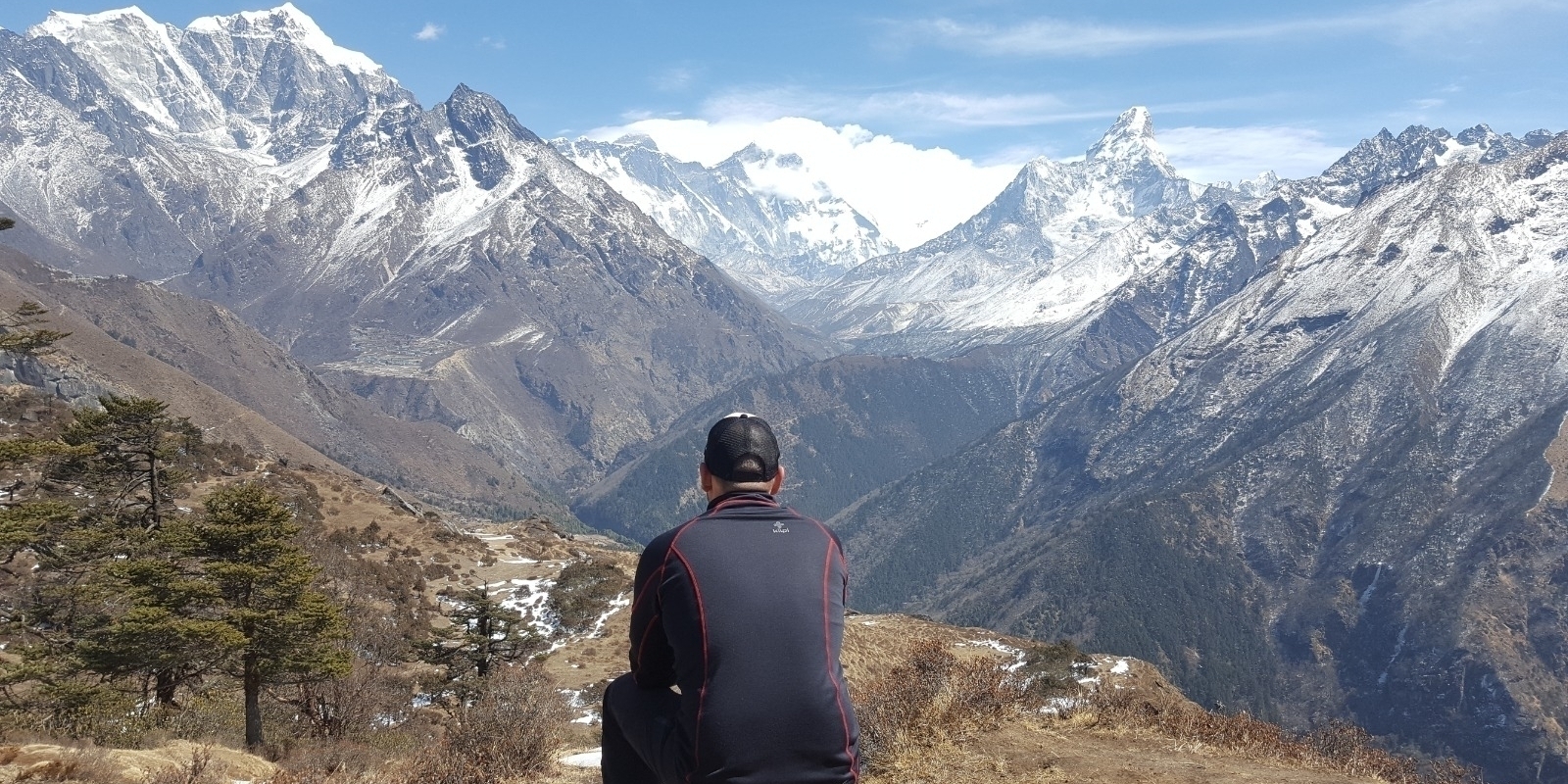
The main advantage of viewing Everest from Kalapathhar is its elevation. With an altitude of 5,550 meters, it is much higher than the Everest Base Cam...
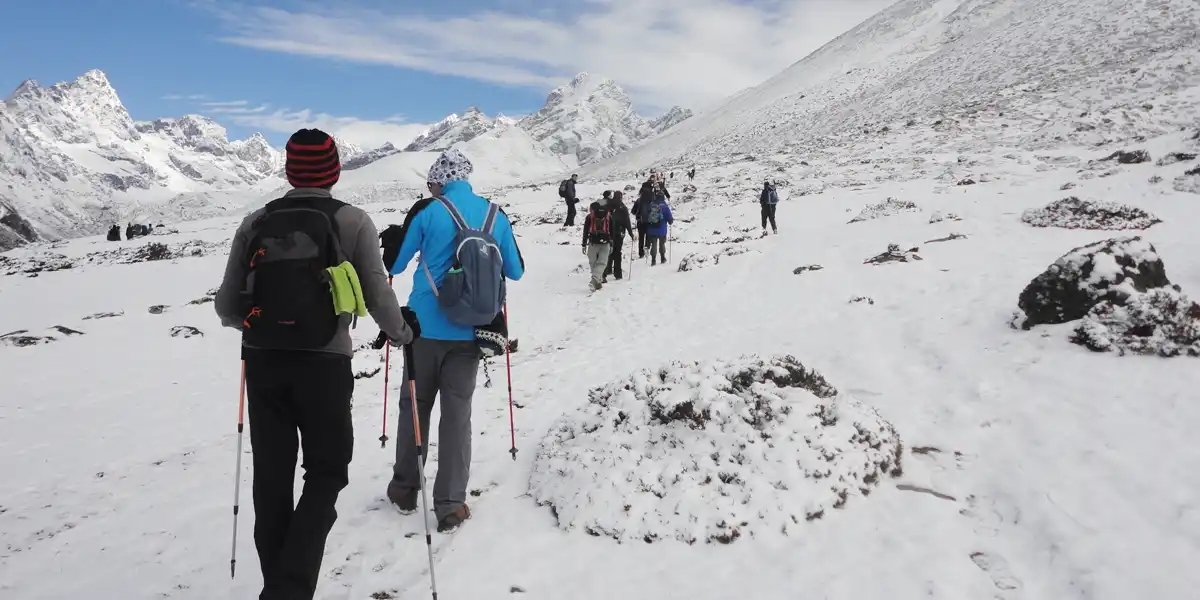
The complete Everest Base Camp Trek CostIn Nepal, one of the most thrilling trekking experiences in the world, Everest Base Camp Trek fascinates thous...
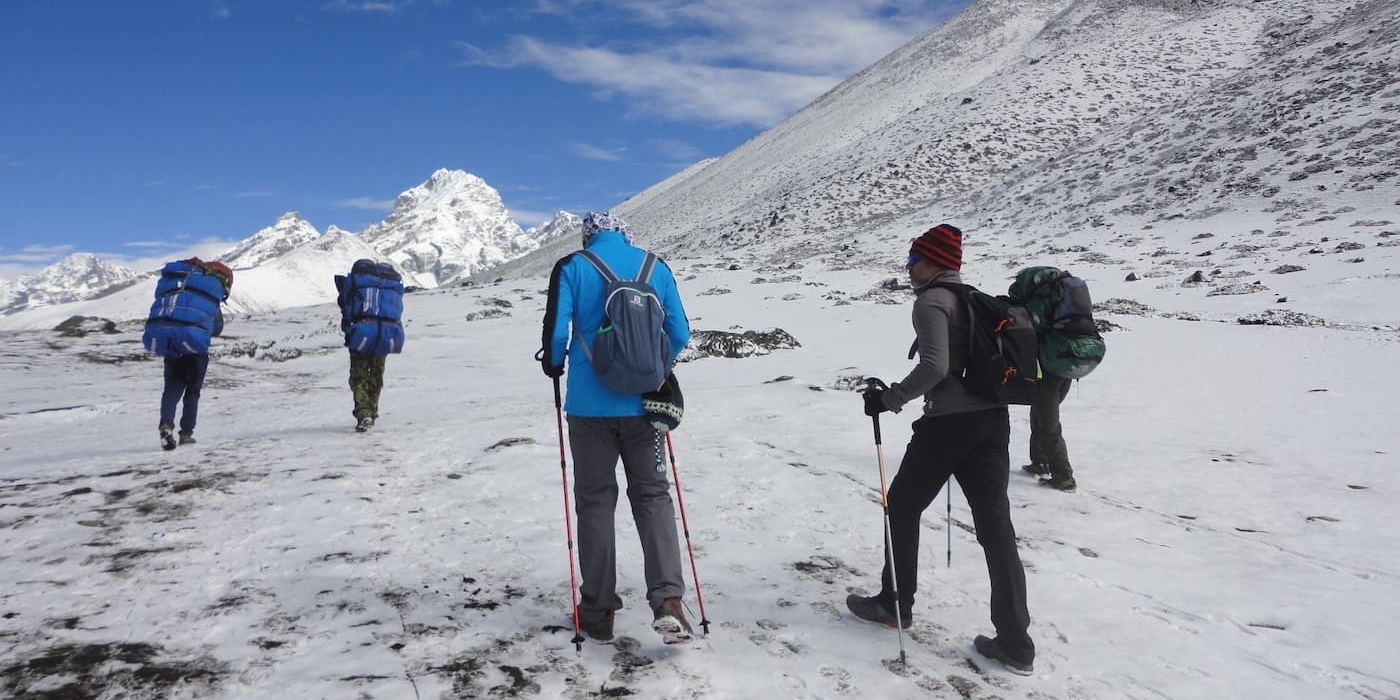
Everest Gokyo Ri Trek RouteThe Everest Gokyo Ri Trek route is a common hiking route in the Everest region of Nepal. Gokyo Valley trek offers spectacul...
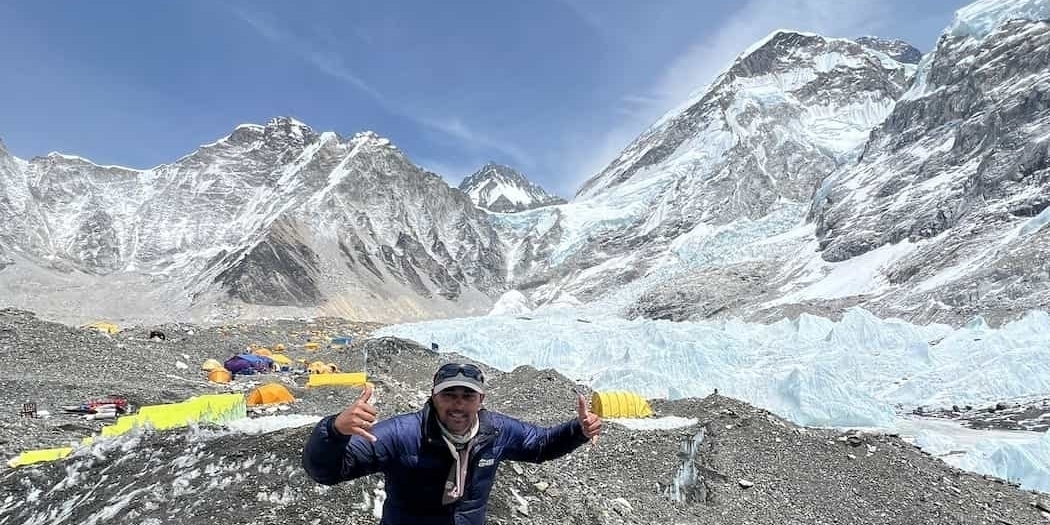
Khumbu ValleyThe Khumbu Valley is a remarkable and traditionally amusing region established in the heart of the Nepal Himalayas. It is one of the most...
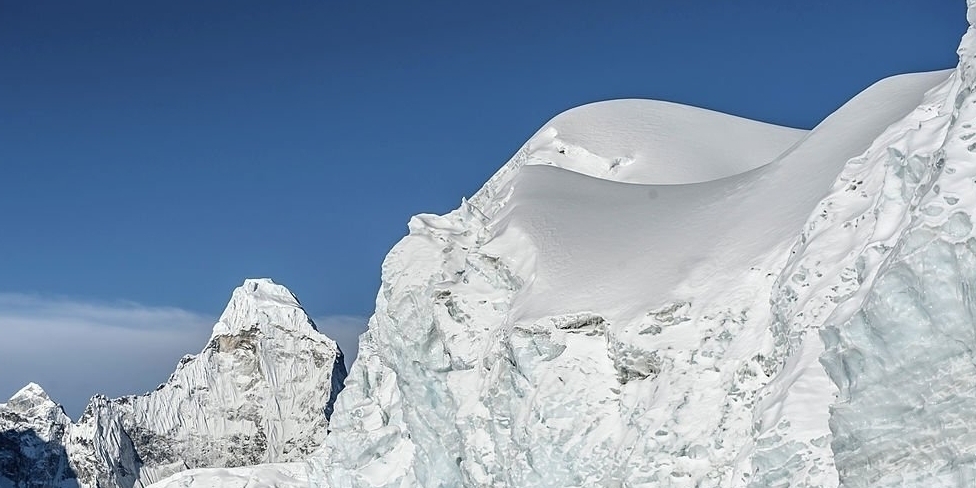
EBC Trek with Island Peak Climbing DifficultyAre you up for a journey that will push you beyond your boundaries, ignite your sense of adventure, and l...
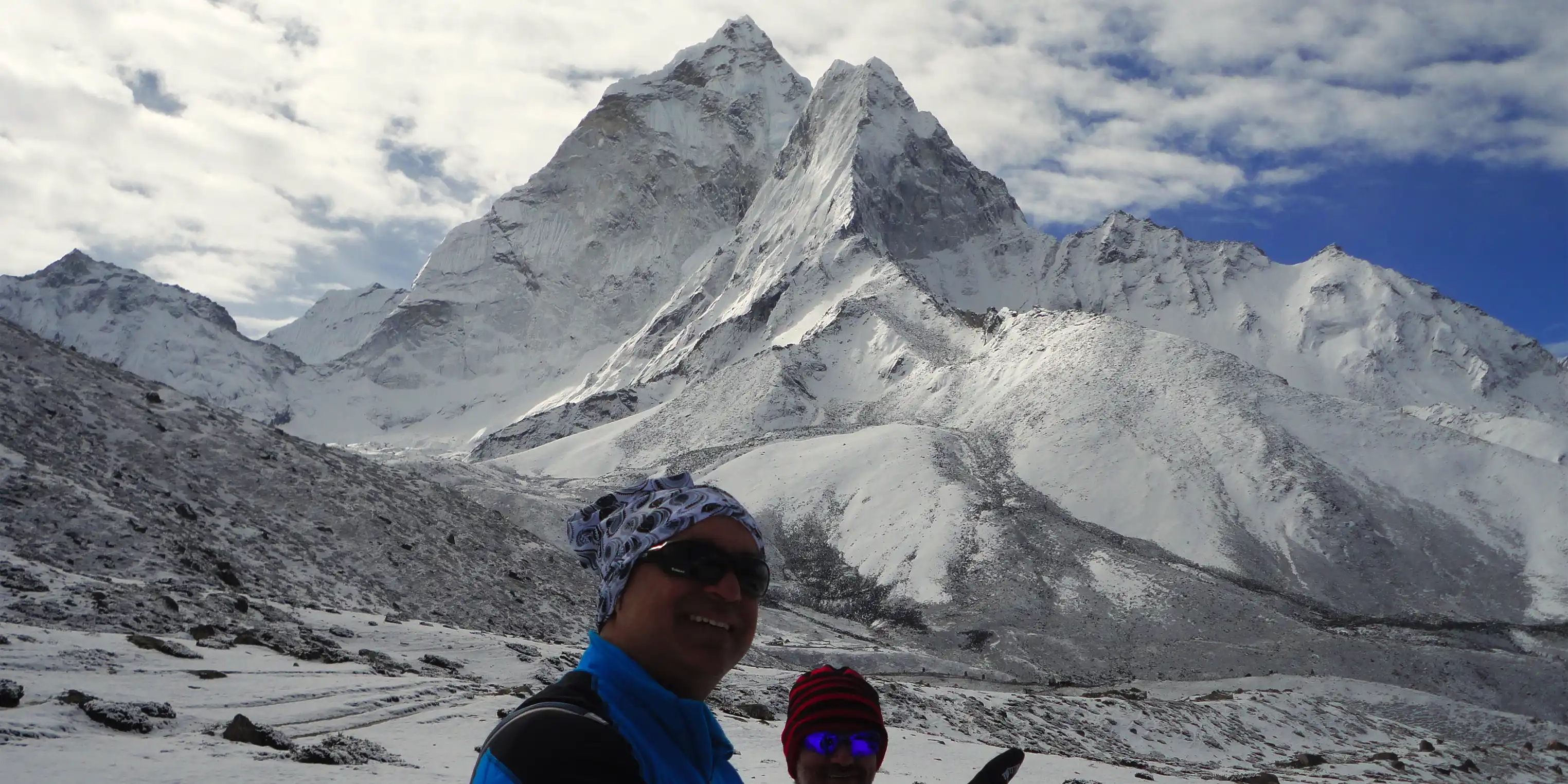
Adventures on High Altitude: EBC Trek and Island Peak ClimbImagine standing at the base of the mighty Himalayas, ready to embark on a journey through...

The Everest Base camp trek is considered to bit challenging due to its high altitude and rugged terrain. The Everest base camp trek typically takes ar...

Everest Base Camp Trek Itinerary is a planned schedule outlining the Activities, routes, and duration of trekking to the base camp of Everest. People...
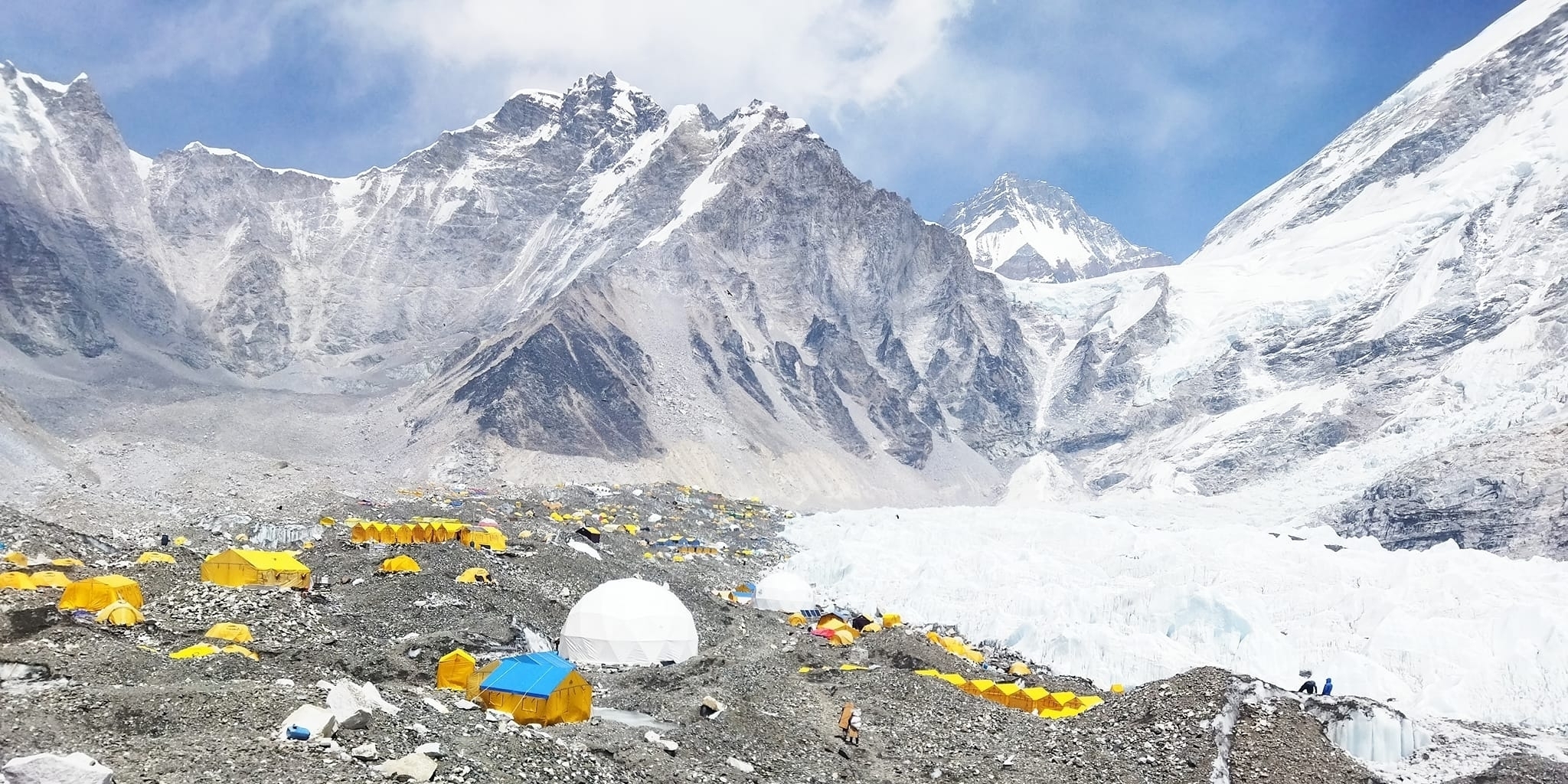
Luxury Everest Base Camp TrekThe Luxury Everest Base Camp combines adventure with comfort and easy for travelers. The trek starts with a scenic...
